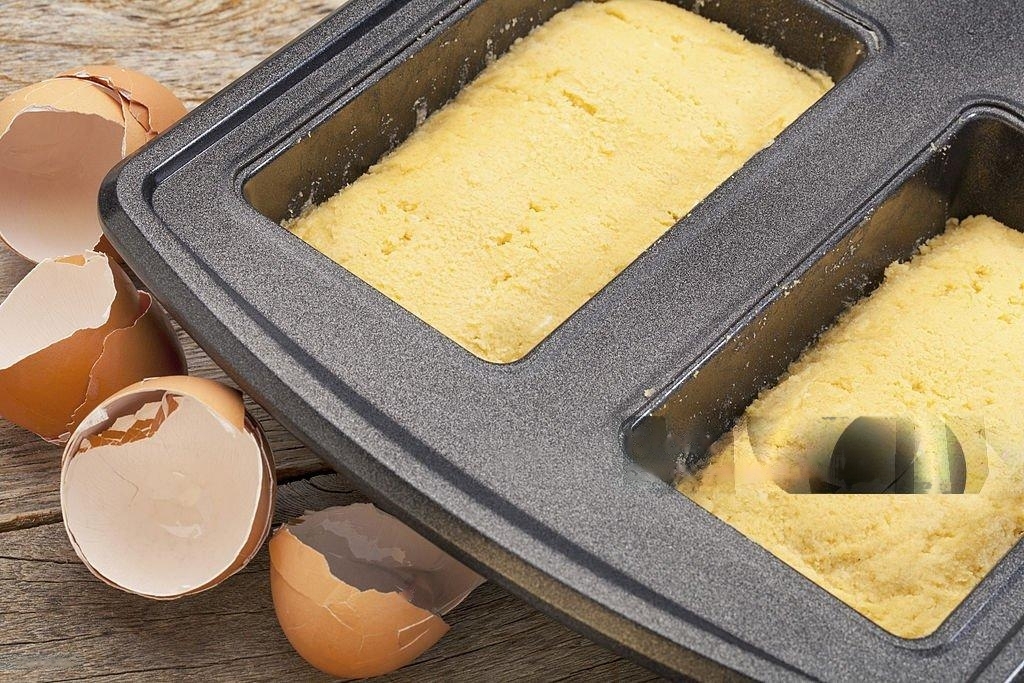Tea bread has a long history and a warm smell that makes it special in baking. It comes from tradition but can be changed to fit modern flavors. This tasty bread connects people across generations, bringing comfort and memories with each slice.
Tea bread originated in Europe during the 19th century as a popular treat for afternoon tea. Initially known as “tea cakes,” these sweet loaves were enjoyed with tea during leisurely gatherings. Bakers later began to experiment with new ingredients and methods to make different versions of tea bread.
I first fell in love with tea bread in my grandma’s kitchen. She used to bake it every Sunday, filling the house with its delicious smell. I later recreated her recipe with my own touches, connecting with my heritage and sharing it with loved ones. I shall be sharing with you some recipes I used with variations and tips
Recipe
Ingredients:
- 2 cups all-purpose flour
- 1 teaspoon baking powder
- 1/2 teaspoon baking soda
- 1/2 teaspoon salt
- 1/2 cup unsalted butter, softened
- 3/4 cup granulated sugar
- 2 large eggs
- 1 teaspoon vanilla extract
- 1/2 cup milk
- 1 cup dried fruit (such as raisins, currants, or chopped apricots)
- 1 cup of hot tea (Earl Grey or English Breakfast work wonderfully)
- 1 tsp of mixed spice (a blend of cinnamon, nutmeg, and allspice)
How To Make Tea Bread
1. Preheat the Oven: Preheat your oven to 350°F (175°C). Grease and flour a 9×5-inch loaf pan or line it with parchment paper.
2. Prepare the Dry Ingredients: Combine the all-purpose flour, baking powder, baking soda, and salt in a medium mixing bowl. Keep it aside.
3. Cream the Butter and Sugar: In a separate large mixing bowl, cream together the softened butter and granulated sugar until light and fluffy, using a hand mixer or a stand mixer fitted with the paddle attachment.
4. Add the Eggs and Vanilla: Beat in the eggs, one at a time, ensuring each is fully incorporated before adding the next. Mix in the vanilla extract until well combined.
5. Incorporate the Dry Ingredients: Slowly mix the dry ingredients into the wet mixture, alternating with the milk. Start and finish with the dry ingredients, blend on low speed until just mixed. Avoid overmixing.
6. Fold in the Dried Fruit: Carefully mix in the dried fruit you prefer until it’s spread evenly in the batter. Make sure you soak them overnight beforehand.
7. Transfer to the Loaf Pan: Pour the batter into the prepared loaf pan, spreading it evenly with a spatula.
8. Bake: Place the loaf pan in the preheated oven and bake for 50-60 minutes, or until a toothpick inserted into the center comes out clean and the top is golden brown.

9. Cool and Serve: Let the tea bread cool in the pan for around 10 minutes. After that, move it to a wire rack to cool before cutting. You can serve the slices plain or with butter, jam, or clotted cream, along with a cup of your favorite tea.
Note: Make this recipe your own by mixing in nuts, spices, citrus zest, or other ingredients you like. Try using different flour or sweeteners for a unique twist. Treat yourself to a delicious homemade tea bread for breakfast, brunch, or tea time!
Cultural Significance and Traditions:
Tea bread is not just tasty; it also has cultural importance in many places. In the UK, it is a favorite part of afternoon tea, usually enjoyed with scones, clotted cream, and jam. In Scandinavia, sweet breads such as Norwegian julekake and Swedish saffransbröd are popular during holidays and special events.
Tea bread in the United States is a symbol of homemade comfort, bringing to mind family get-togethers, church potlucks, and cozy brunches. Whether savored as a morning treat with a cup of coffee or given as a kind gesture to friends and neighbors, tea bread represents the essence of hospitality and generosity.

Health Benefits and Nutritional Considerations
It’s certainly a delight for the senses, but it can also bring nutritional advantages when made with healthy ingredients and enjoyed in moderation. By adding whole grains, fruits, and nuts to your dishes, you can boost your intake of vital nutrients like fiber, vitamins, and antioxidants, which support digestive health and enhance overall wellness.
Plus, by managing how much sugar and fat they add, bakers can whip up healthier tea bread that still tastes great and has a nice texture. There are also gluten-free, vegan, and low-carb options out there, so anyone can enjoy the joy of freshly baked bread, no matter their dietary needs.









